1,576 days, 2,409 entries ...
Newsticker, link list, time machine: HOLO.mg/stream logs emerging trajectories in art, science, technology, and culture––every day
January 2023
Leslie Jones (ed)
Coded: Art Enters the Computer Age, 1952–1982
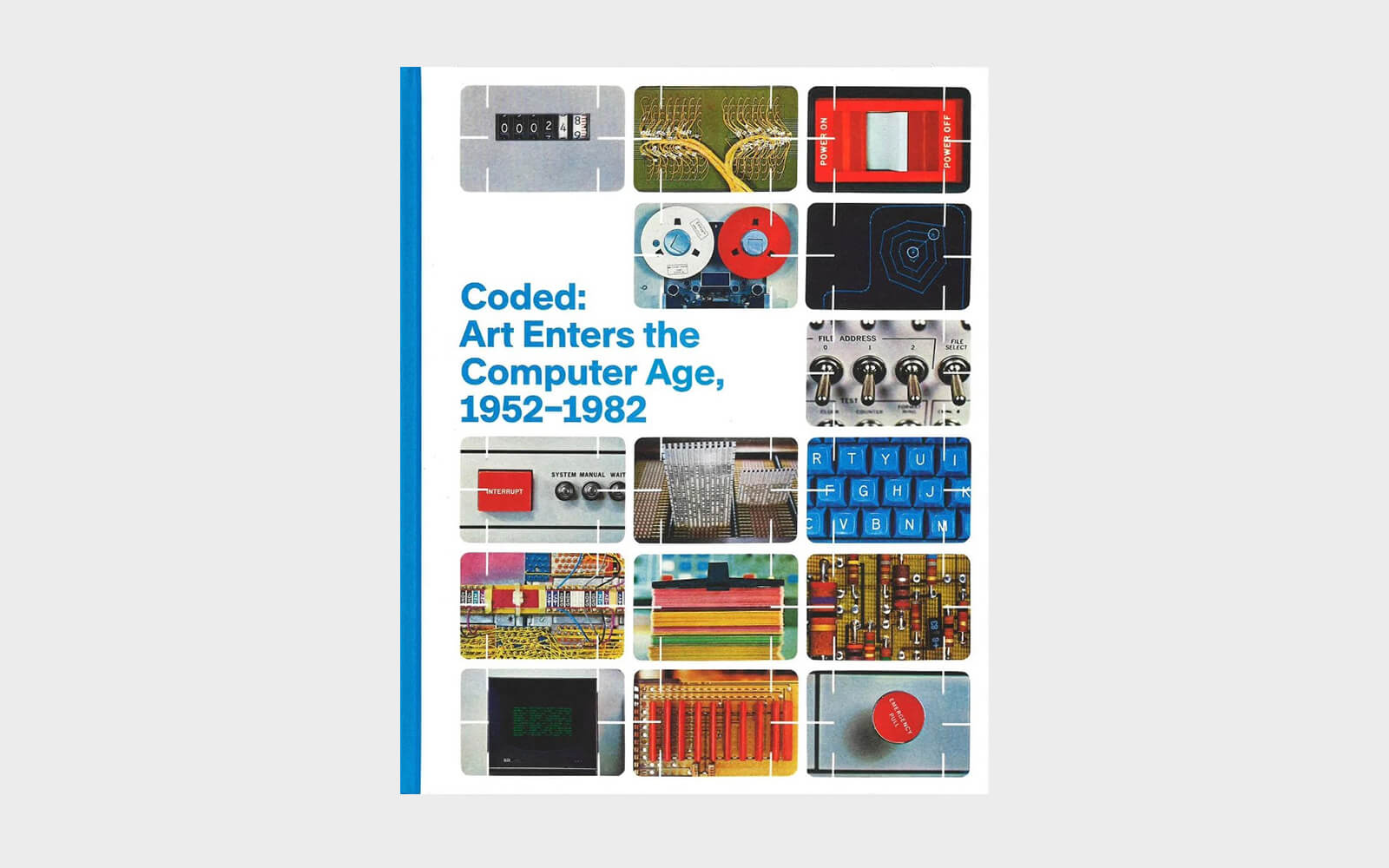
“We’re using this very powerful tool that is able to take information and integrate it in a way that no human mind is able to do, for better or for worse.”
The latest in a series of posts elaborating on their Digital Art & Design collection, V&A curators publish a concise history of 3D printing. From locating the roots of additive manufacturing in the XY plotter and stereolithography, through collected bio art and furniture design provocations by Heather Dewey-Hagborg (image: Radical Love, 2015) and Front Design, they reconcile the gap between the “futuristic dream” promised by the medium and the questions of ethics and utility its use has raised.
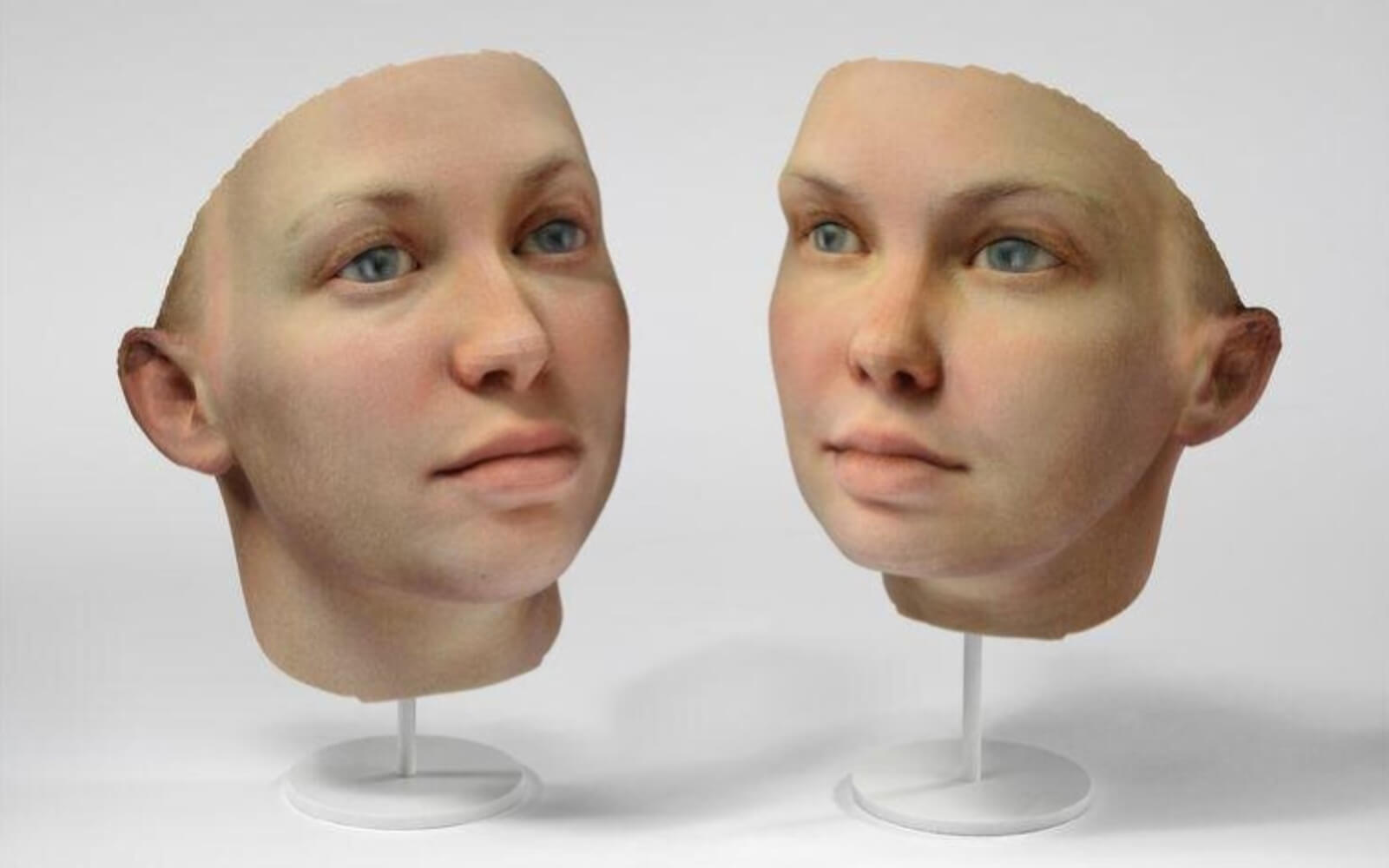
“Rap Research Lab,” an exhibition showcasing Tahir Hemphill’s eponymous studio and education initiative, opens at the Center for Art, Design & Visual Culture (CADVC) at the University of Maryland, Baltimore County (US). Presented works interpreting hip hop lyrics as datasets include Picasso, Baby! (2014), which visualizes cross-connections between rappers and modern artists, and Maximum Distance. Minimum Displacement. (2014, image), which maps geography in lyrics of MCs including Jay Z and Missy Elliot.
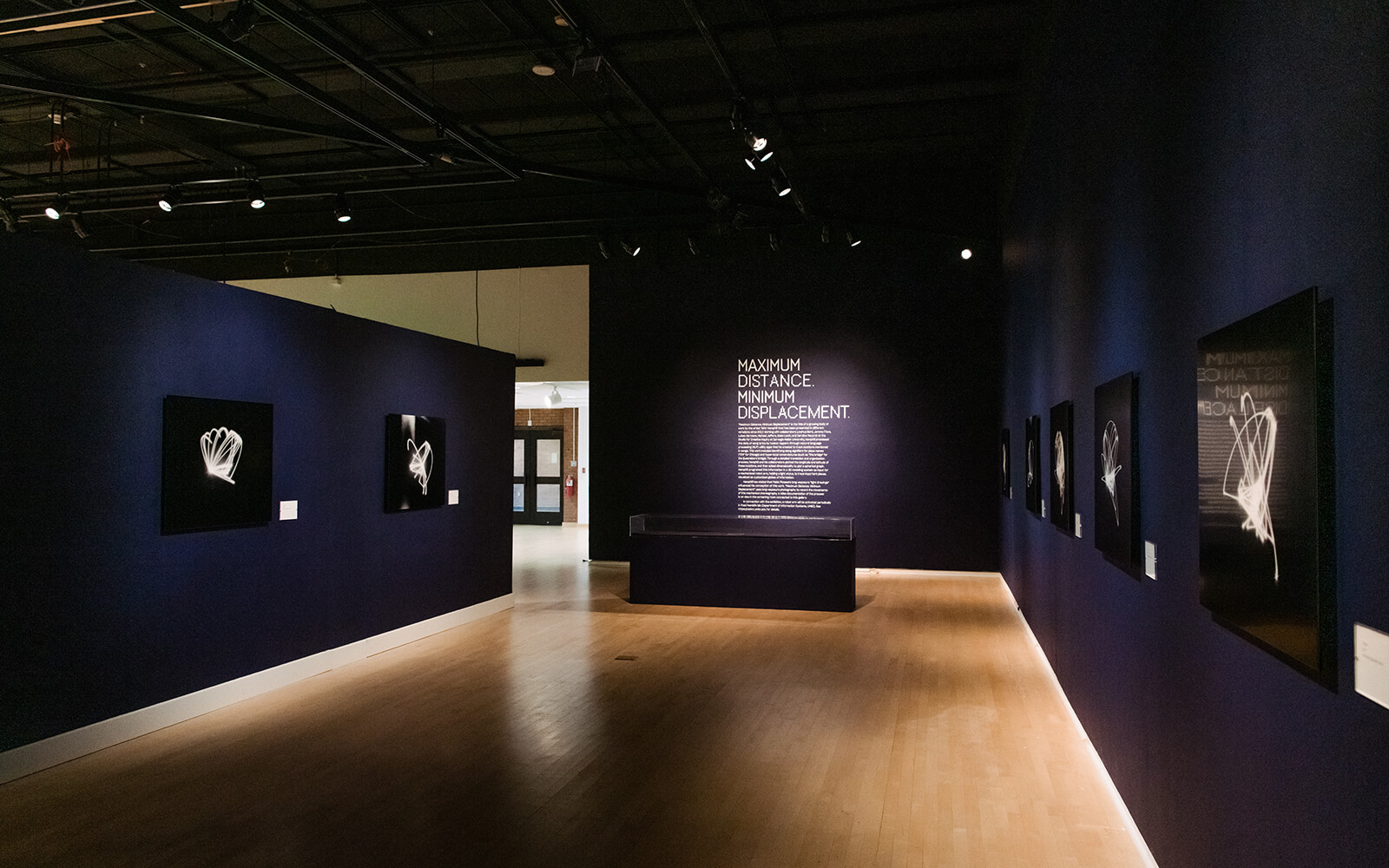
“AI images don’t glitch, they gloop. They streak and striate. It’s the result of how these systems seek out images from the fuzzy noise they start with. While noise is an end state of a bad television broadcast, it’s the start state of AI images.”
“They found a 95% similarity between the Madonnas in the two paintings and an 86% similarity in the Child.”
“My Body, a Coral Reef?” asks curator Julia Katharina Thiemann in a new evocative group exhibition at the Rudolf Scharpf Galerie of Ludwigshafen’s Wilhelm Hack Museum (DE). Works by Imayna Caceres, Alicia Frankovich, Dominique Koch, Pei-Ying Lin, Theresa Schubert, Saša Spačal, and others radically de-centre the self to remind us that “all living beings are meta-organisms and cannot exist on their own.” Spačal’s biotech installation The Library of Fallen Tears (2022, image), for example, contains vials of dried tear microbiome.
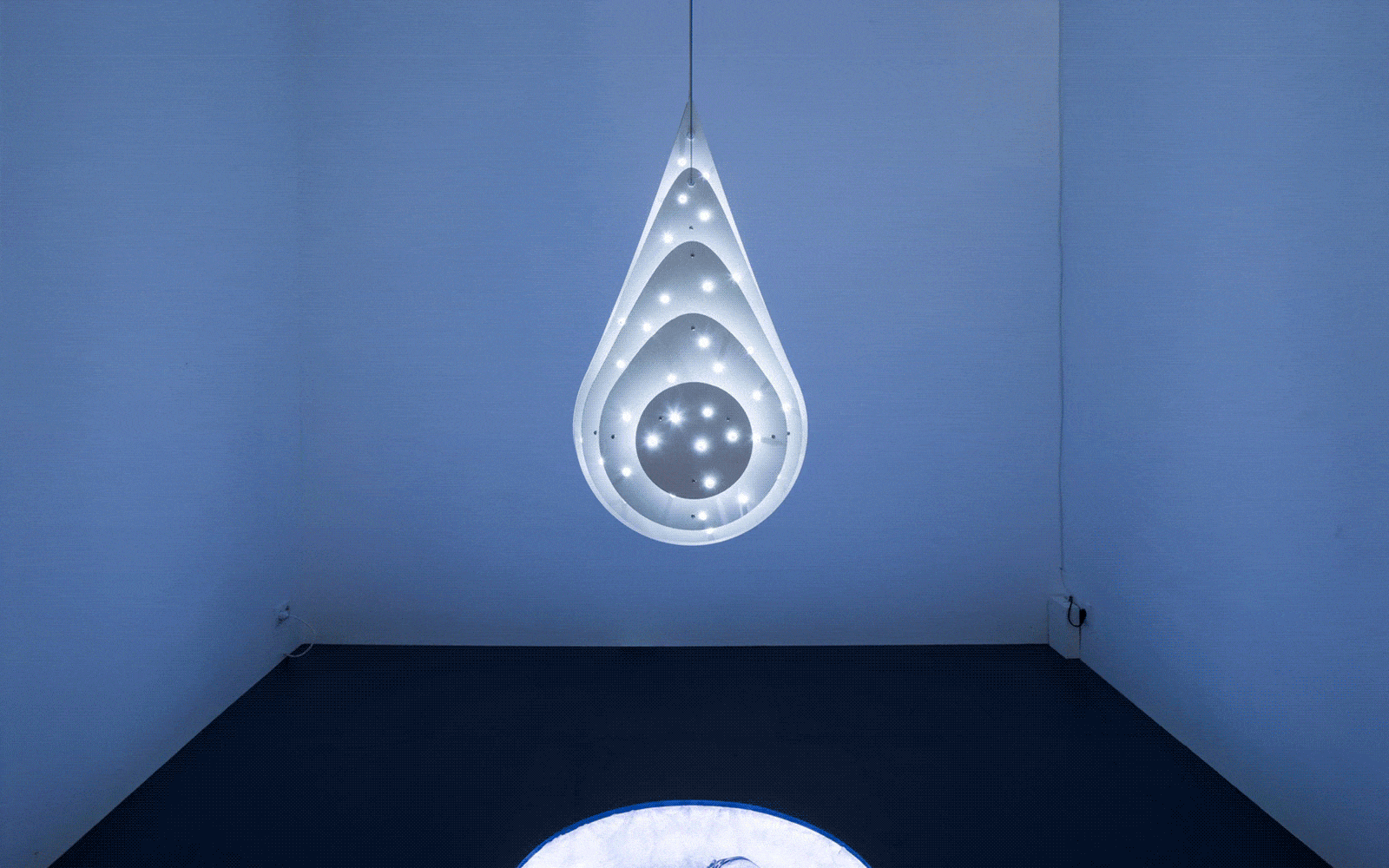
Rhea Myers’ solo exhibition “The Ego, and It’s 0wned” opens at Nagel Draxler’s Crypto Kiosk in Berlin, offering blockchain-based “symbolic forms” that ponder property, representation, identity, and secrecy. In the titular piece (2023), for example, the British artist and hacker tokenizes her brain wave recordings while Type Opposite Images (2023, image) reverses colourful Vaporwave tropes. Also on view: new NFT editions of iconic Ethereum works that Myers created in 2014.
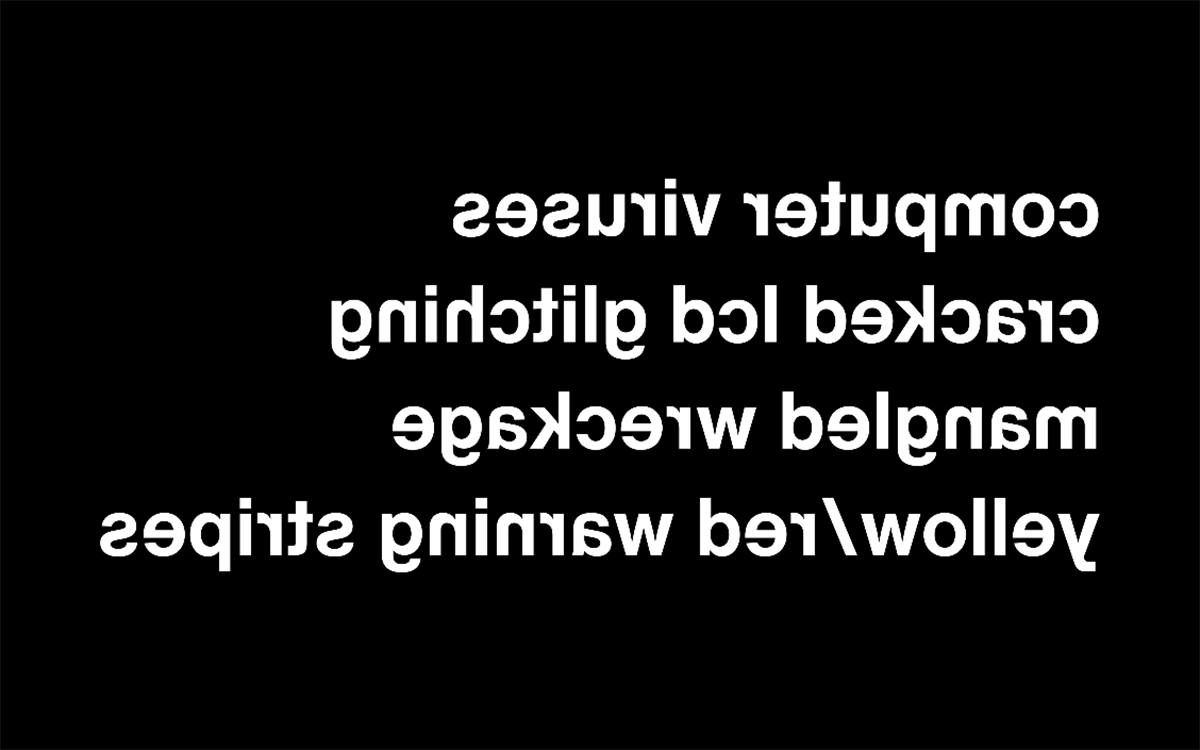
“From Body to Code,” a retrospective of pioneering Brazilian choreographer Analívia Cordeiro, opens at ZKM Karlsruhe. Included is her iconic video art piece »M 3×3« (1973, image), a trio of mid-1970s computer-dance works coded in Fortran, and Nota-Anna, the movement notation system she developed with Nilton Lobo in the 1980s. Collectively, the assembled works underscore what curator Claudia Giannetti describes as a “singular computerized method combined with a subtle and poetic language.”
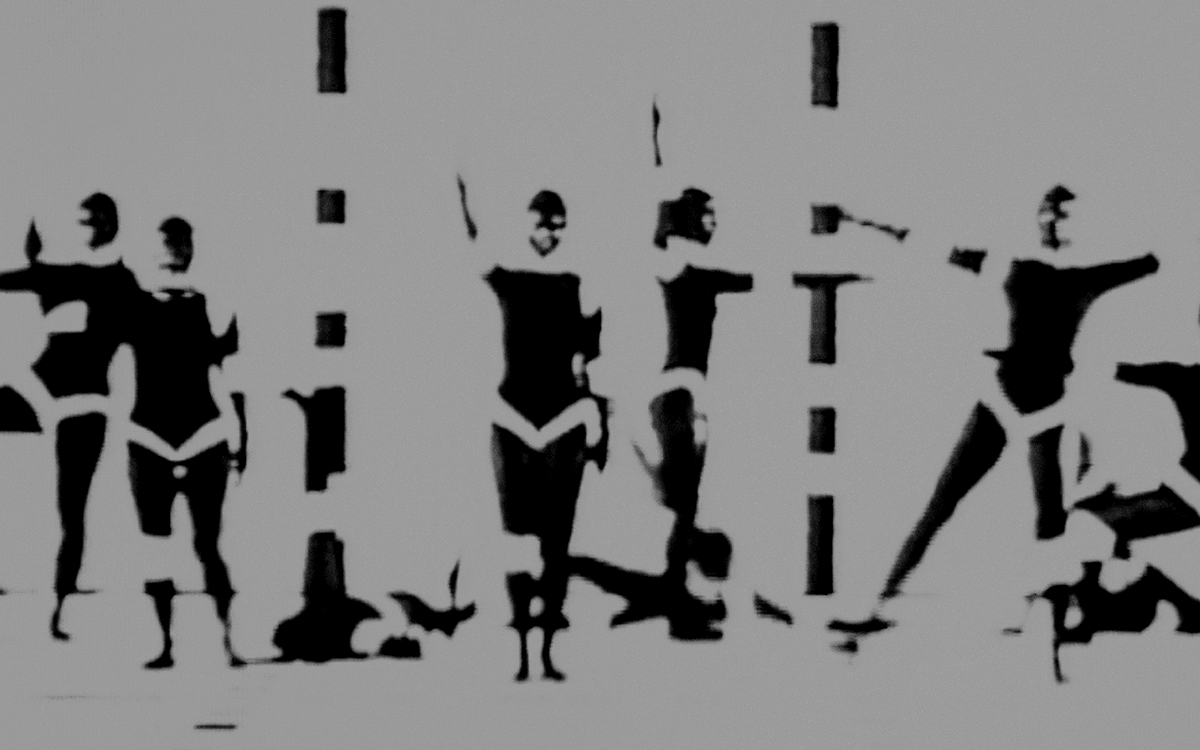
“The Technate,” an exhibition by Peter Behrbohm and Markus Bühler that “follows the wires” of North American internet infrastructure, opens at Berlin’s panke.gallery. The show centres their eponymous research project (2023, image), a reenactment of a 1947 road trip (from California to British Columbia) promoting the technocracy movement. In it, the duo cosplay as technicians (with a robot dog), and visit technoculture hotspots including Internet Archive and Noisebridge.
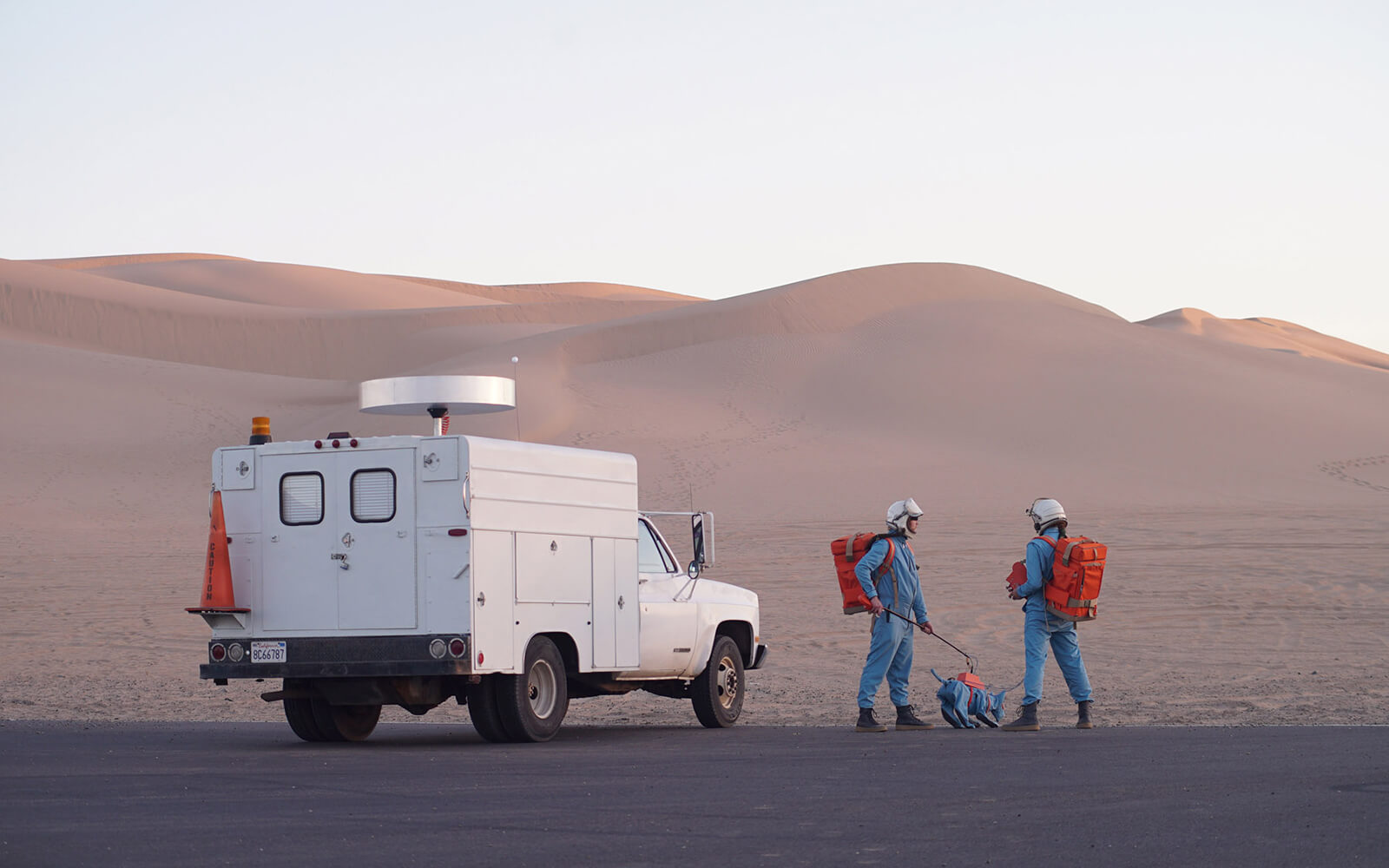
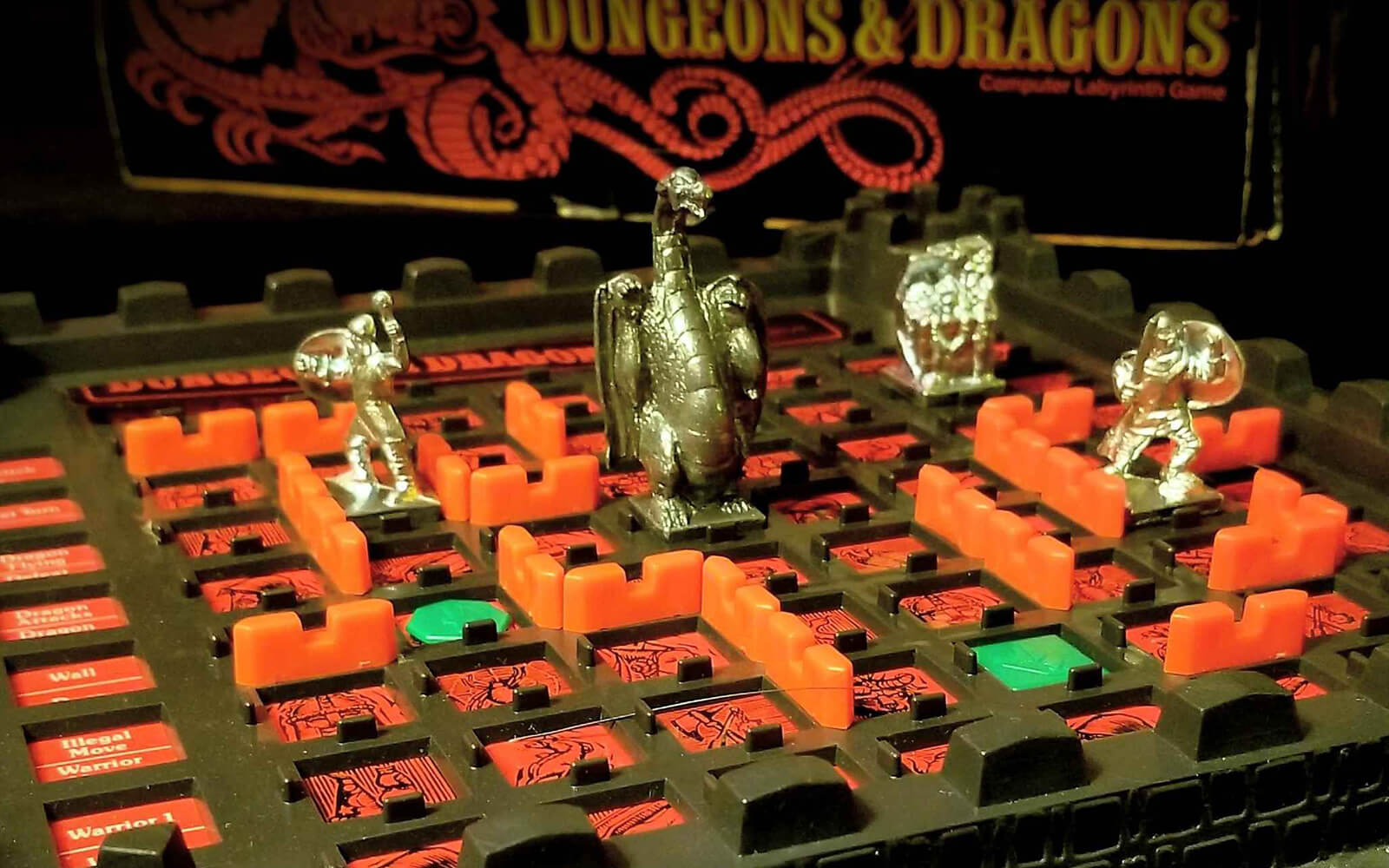
“A legless Donald Trump, just wandering the empty streets of Horizon Worlds, selling commemorative coins.”
“I’m watching a process 20 times more efficient than photosynthesis, by which Solein uses renewable energy to turn hydrogen, oxygen, nitrogen, and carbon dioxide into a replacement for eggs, milk, cheese, mayonnaise, and meat.”
Nandita Kumar’s solo exhibition “From Paradigm To Paradigm, Into the Biomic Time” opens at daadgalerie, Berlin. A deconstruction of the climate disinformation machine, Kumar’s titular news ticker regurgitates falsehoods as concrete poetry and a musical score. Using an algorithmic haiku generator, the Mauritian artist and 2022 DAAD Music & Sound Fellow translated 91 untrue statements into a 12-meter pianola loop that sonifies dissonance—“between the scientific community, political spheres, and the populace at large.”

“What Unsupervised insinuates, is that art history is just a bunch of random visual tics to be permuted, rather than an archive of symbol-making practices with social meanings.”
ATELIER-E’s light and sound installation LOOM (2022) opens at HOLON, Berlin as part of CTM/transmediale Vorspiel. Originally commissioned for Bocholt Textile Works, the “never-ending weaving machine” pays homage to Joseph Marie Jacquard’s programmable loom that revolutionized the textile industry. As lasers encode contextual information on motorized phosphorescent threads, ATELIER-E’s Daniel Dalfovo and Christian Losert invite reflection on craft, automation, and the long history of data-driven aesthetics.
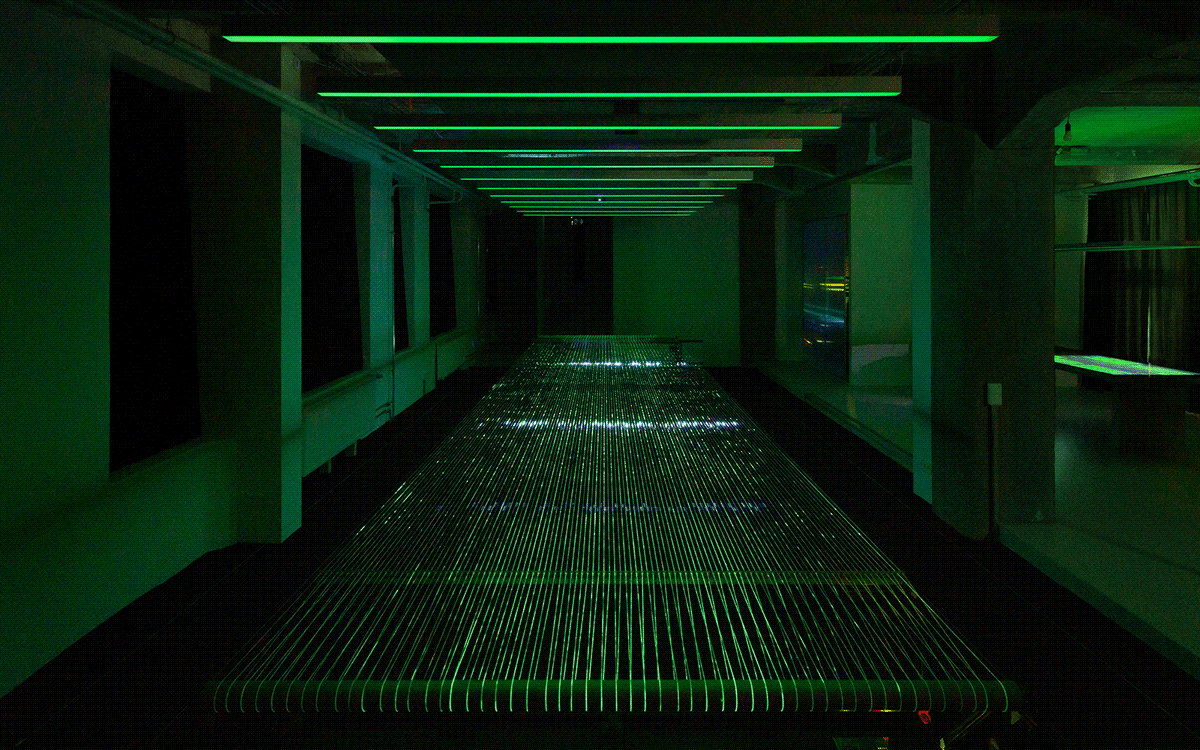
“Cosmos,” a survey of kinetic and interactive sculptures by Björn Schülke blending “action and reaction, surveillance and performance,” opens at bitforms gallery San Francisco. Included are spacecraft- and rover-inspired assemblies, vision machines, a maquette of his Norman Y. Mineta San José Airport sculpture (2010), and sound art (image: Supersonic #3, 2007). Also featured: the German artist’s first olfactory sculpture, which emits a scent created for NASA that smells like space.
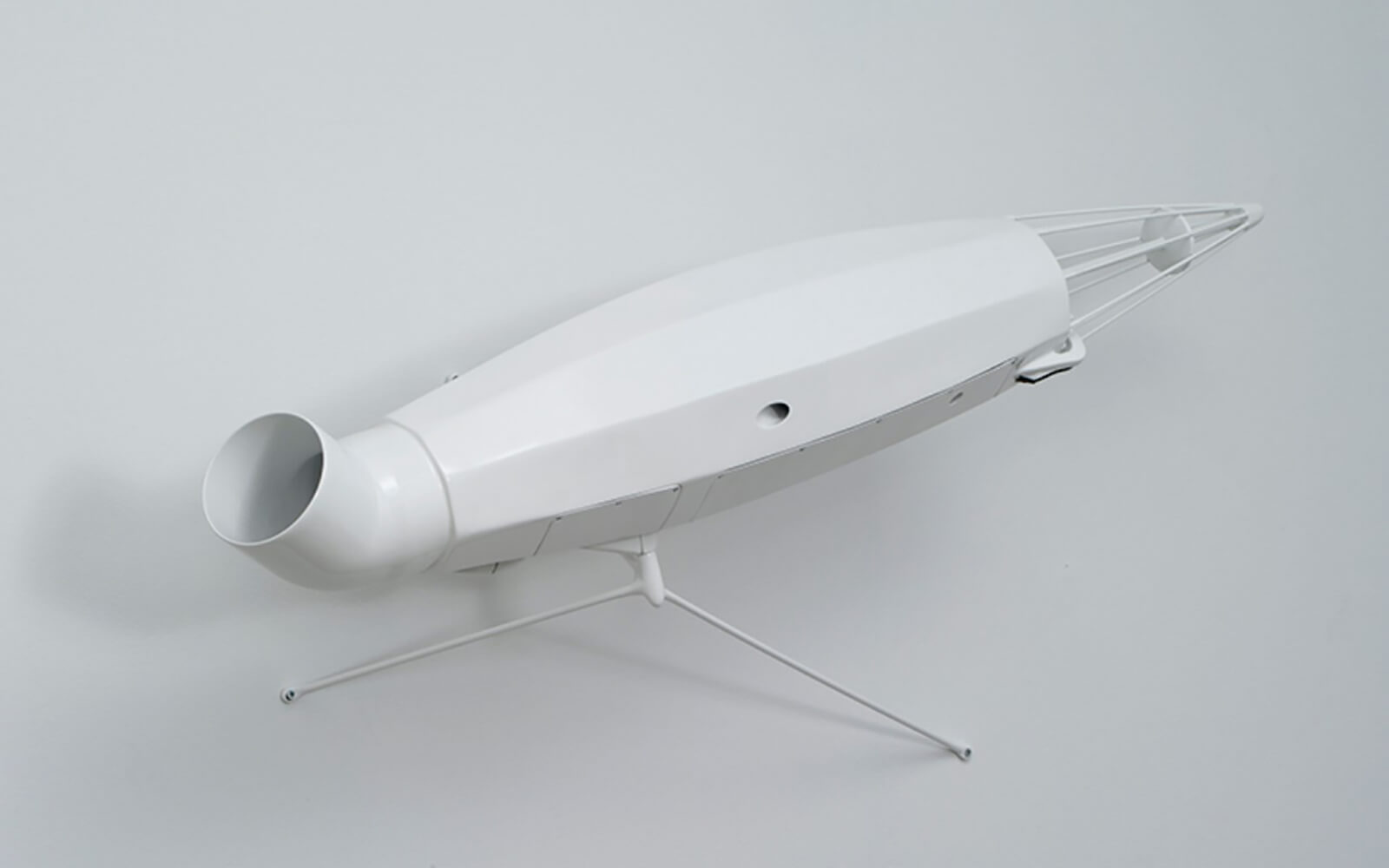
“The whole apparatus has become extremely conservative in trying to encourage accountability and concrete results. We don’t want to do blue sky research.”
Daily discoveries at the nexus of art, science, technology, and culture: Get full access by becoming a HOLO Reader!
- Perspective: research, long-form analysis, and critical commentary
- Encounters: in-depth artist profiles and studio visits of pioneers and key innovators
- Stream: a timeline and news archive with 1,200+ entries and counting
- Edition: HOLO’s annual collector’s edition that captures the calendar year in print
